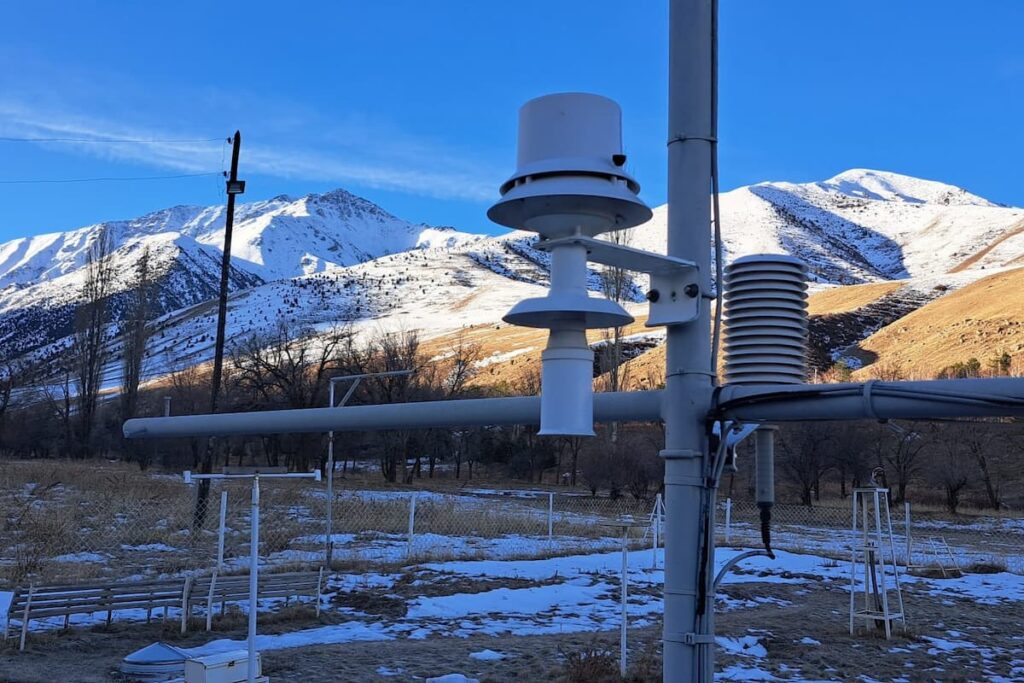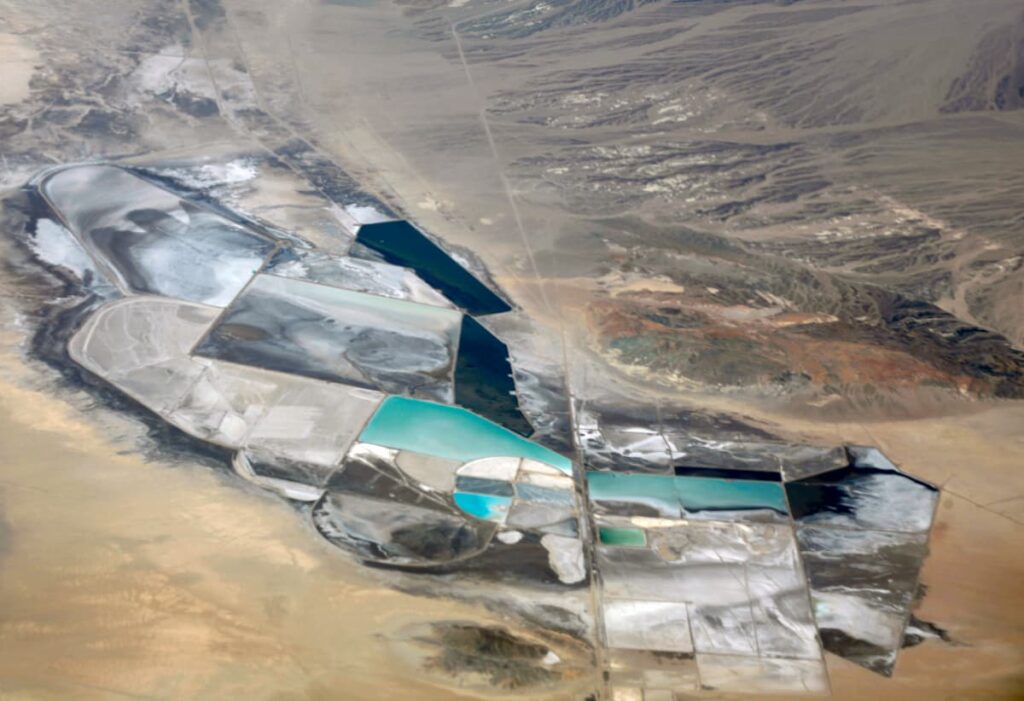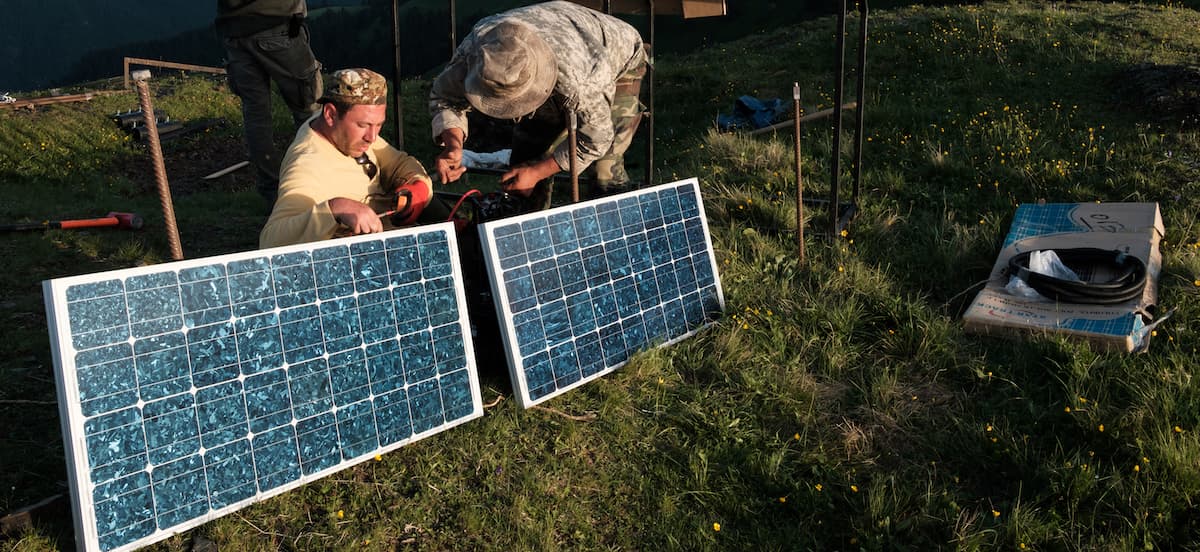As we celebrate Earth Day 2024, the world seems to be on fire. Quite literally with some regions battling extreme wildfires, while other regions are drowning under massive flooding. Sea levels are rising, temperatures are climbing, and ice is melting. Amid all of this, it’s worth pausing and thinking about the Internet’s relationship with climate change.
The reality is…it’s complicated.
On the one hand, the Internet is a tremendous force for good in helping reduce the greenhouse gases we may individually create and in connecting all the people working on climate solutions around the world. On the other hand, by its very nature, the Internet requires electricity to operate, and the devices we all use require the extraction of minerals and create vast amounts of e-waste. And, in the face of climate change, the Internet’s infrastructure needs our help to be able to continue to operate.
It’s complicated.
How the Internet is Helping Address Climate Change
If we just think back a couple of years to the height of the COVID pandemic lockdowns, we saw exactly how the Internet was a lifeline for us all. Working remotely from our own homes or other locations, we were able to connect, communicate, collaborate, and create. All without traveling and generating any of the climate impact associated with travel. A fascinating thing happened in that some cities had clean air for the first time in years. Less fossil fuels were consumed. People learned how the Internet could be used to reduce our commuting and air travel. While many have returned to commuting to offices and traveling (and the air pollution has returned, too), some people have continued working remotely, at least part of the time. We’ve seen how the Internet can help us reduce our own impact on the climate in this way.
The Internet also plays an enormous role in the sharing of scientific data and information about potential solutions to climate challenges. Scientists are collaborating using the Internet to engage in large-scale studies. They’re making their information available to many other researchers. Regular people are getting involved in “citizen science” efforts that are collecting data, such as this example in Serbia. Vast sensor networks are being deployed that collect climate data via Internet connections. One example is what our Kyrgyzstan Chapter is doing with remote environmental info.

In fact, if you look at the United Nations’ Sustainable Development Goals (SDGs), Internet connectivity is critical to so many of them. If we are to have any hope of achieving the SDGs, the Internet is necessary to the communication and collaboration.
We’ve also seen how the Internet plays a vital role in helping the people responding to disasters, some of which are related to climate change. Organizations such as the International Red Cross, NetHOPE, and the ITDRC all rely on Internet-based communication to help those who are in need.
In all these many ways, the Internet is a force for good helping people respond to our changing climate.
How the Internet is Affecting the Climate
And yet…by its very nature, the Internet needs electricity. The 1s and 0s that make up the fabric of the Internet are signals relayed over electrical wires, optical cables, or radio spectrum. The creation of those 1s and 0s requires power. No power, no Internet.
How is that power produced? Is it through renewable sources? Or fossil fuels? While remote working may help you reduce your personal impact through commuting, is it just changing the point of pollution to the massive power plants that need to generate more electricity to power our systems and devices?
The reality is that the Internet’s infrastructure needs power in so many places: the transmission lines, the network routers, the Internet exchange points—even the subsea cables need power for repeaters and landing stations.
And how much power is needed?
The Internet’s network infrastructure has a certain level of need, but even more is needed for the data centers for all the applications, systems, and services. Much has been written about the massive power consumption of Bitcoin and other cryptocurrencies, and our new favorite AI tools are also massive consumers of power. One estimate is that training a large language model such as ChatGPT-3 consumes as much energy as the yearly consumption of 130 US homes. The demand is straining the power grid in some regions.
But beyond those specific technologies, all our social networks, web hosting, and cloud computing systems need data centers. Large companies such as Amazon, Google, Meta, and Microsoft are constantly building more and more data centers to accommodate their rapid growth. Those data centers need power. They need physical space. A recent MIT study indicated that “the cloud” now has a larger carbon footprint than the airline industry, and that “a single data center can consume the equivalent electricity of 50,000 homes.” The study also cites the enormous cooling costs, the huge volumes of water required, and the noise pollution affecting local communities.

Beyond power and water, all the devices we use, whether they are routers, laptops, or cell phones, require the extraction of minerals and materials to produce the devices. For example, to produce the batteries we all need, lithium mining has a terrible effect on the surrounding area. And when these devices reach the end of their life or are no longer needed, they add to the massive piles of e-waste that are building up globally (something our Zimbabwe chapter is addressing in their country).
Newer connectivity options, too, such as low Earth orbit (LEO) satellite systems (e.g., SpaceX’s Starlink, OneWeb) bring new concerns. As we wrote about in our document about LEOs, there are many unanswered questions here: what will the impact be of the constant launching of rockets to add more satellites? As these constellations reach their full deployment, and with LEO satellites only having a five-year lifespan, what will the impact be of 10s or maybe 100s of satellites burning up in our upper atmosphere each week? We simply don’t know.
In all these many ways, the Internet affects the climate in unhelpful ways.
Adapting to Climate Change
In the face of climate change that is already happening, there is a larger question—how do we ensure the Internet continues to operate?
As sea levels rise, what happens to the landing stations for the subsea cables that carry 90+% of our traffic across the Internet? People in the industry have paying attention and doing research, but is it enough?
With the rise of more extreme weather events around the world, we’ve seen wildfires destroy all the telecommunications infrastructure of a region. We’ve seen floods drown out local connectivity options—even this past week in Dubai, in the desert! We’ve seen massive storms wipe out all the physical infrastructure on islands or in coastal communities.
A fascinating—and concerning—recent research paper (direct PDF link) explored how a “multi-hazard event” could seriously impact connectivity across the Pacific Northwest region of North America.
How do we defend the Internet against these types of climate changes?
Working On Solutions
It’s easy to feel overwhelmed and get lost in the feeling of despair, but the good news is that people are working on solutions.
Regarding mitigating the impact of the Internet on the climate, a few examples include:
- The Green Web Foundation is looking at the impact of web hosting providers
- The Internet Architecture Board (IAB) has chartered an E-Impact Program for “discussing environmental impacts and sustainability of Internet technology”. Participants include people from within the Internet Engineering Task Force (IETF) community, universities, and other groups and communities.
- The World Wide Web Consortium (W3C) has a new Sustainable Web Community Group developing best practices for building more sustainable websites
- Since 2021, the Internet Society Foundation has awarded grants in their Research program for “Greening the Internet”.
Many other efforts are underway through a wide range of organizations.
Adapting the Internet in the face of climate change is an area where I see the need for more research. The Internet Society Foundation’s “Greening the Internet” program has funded some excellent work in this area, but there are still many areas to explore.
A key element for adaptation is to develop greater resilience in Internet infrastructure. On our Pulse site, we released the Internet Resilience Index (IRI) that measures the resilience of countries. We recently saw the impact of low resilience in an outage in western Africa where it seems that four subsea cables were laid in the same trench. When there was a suspected undersea rockslide, they were all severed.
Building greater network resilience–at every level of our networks–is a key element of adapting the Internet to continue operations as our climate changes.
Taking Action
There are many ways you can help:
- Act Locally. Look at your own websites and systems. Use the Green Web Foundation’s tool to find out how climate-friendly your hosting providers are. Make changes if you can—or ask questions of your current providers. Consider what options you may have for multiple forms of connectivity.
- Advocate for more resilience. Use our Internet Society Pulse Internet Resilience Index and Country Reports to advocate for increased resilience in your network. Determine if there is a local Internet Exchange Point (IXP) and if not, see if one can be created. Encourage people to develop local community networks in areas that need connectivity. Look at your own networks–in your home and your business or organization–and explore what you can do to make those networks more resilient.
- Engage in more research. If you are in the academic space or with a research institution, engage in more research around these different aspects of the Internet and climate. Funding is available through the Internet Society Foundation. The deadline is 14 May 2024.
- Get involved. The IAB’s E-impact program is open to all. Anyone can join the mailing list and participate in that work. Similarly, the W3C’s Sustainable Web Community Group is open.
- Donate. If you are financially able to donate funds, donate to groups working in this area.
- Talk about these issues. Many people don’t think about these aspects of the Internet. Like air and water, we’ve grown to take the Internet for granted. When I mention that the Internet’s infrastructure could be impacted by climate change (e.g., rising sea levels), I can see the ideas pop into people’s brains as new info floods in.
The key to me is really that last point—we need to have these conversations and then move on to action. We need to build more resilience not only in the actual technical infrastructure, but also in the people and communities that keep the Internet operating.
I’d also love to hear your suggestions. What ideas do you have? What solutions are you seeing to some of these challenges? Feel free to send me an email at york@isoc.org.
Our vision is that the Internet is for everyone. We want to ensure that everyone can access the Internet, both now and in the future. On this Earth Day—and every day—we need to look at how we can minimize the Internet’s impact on the climate, how we can protect the Internet’s infrastructure from the ongoing changes, and perhaps more than anything else, how we can use the Internet as a force for good as we as a society search for climate solutions.
Header image © Nyani Quarmyne

